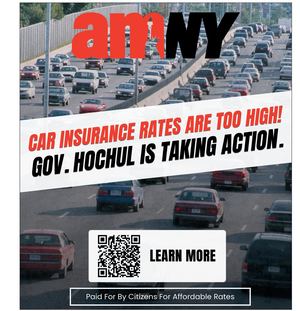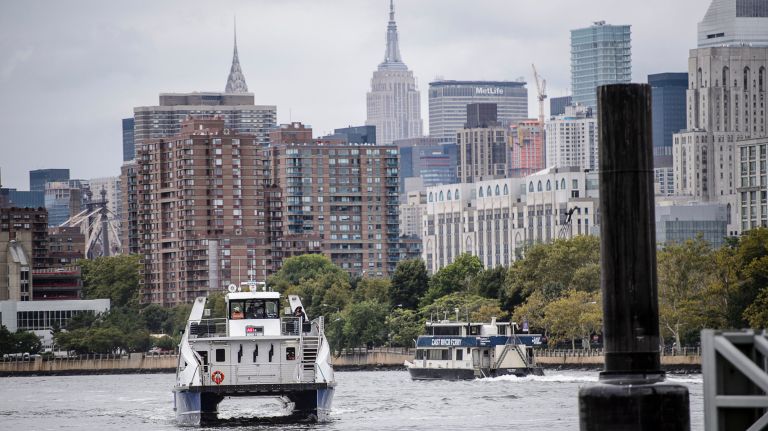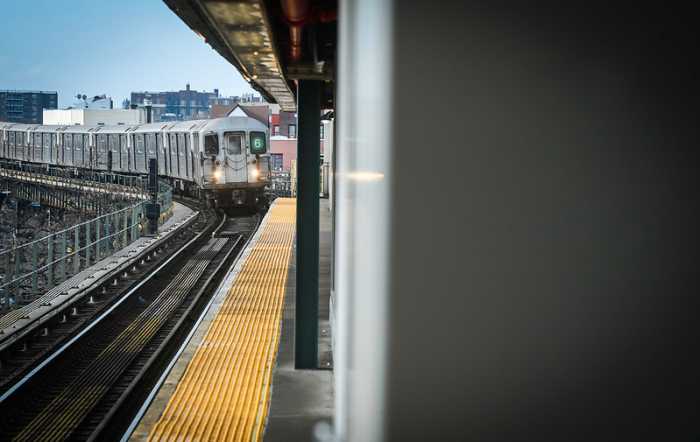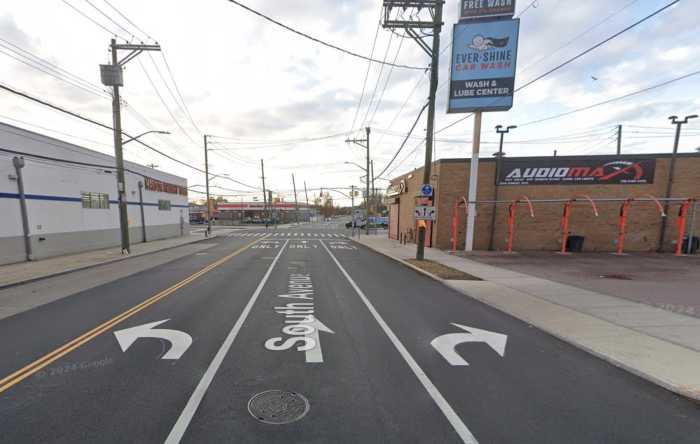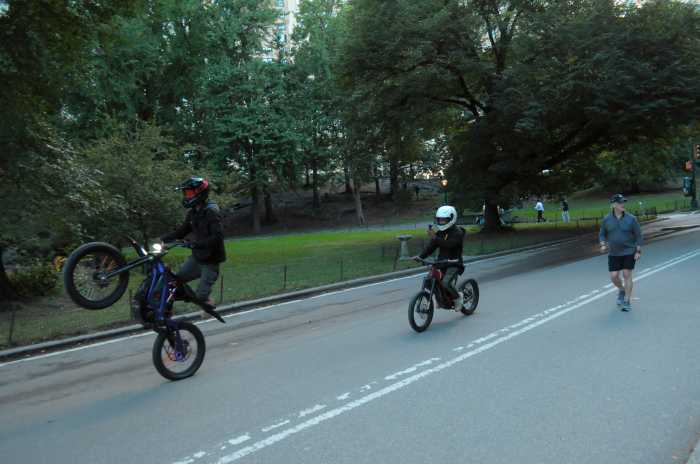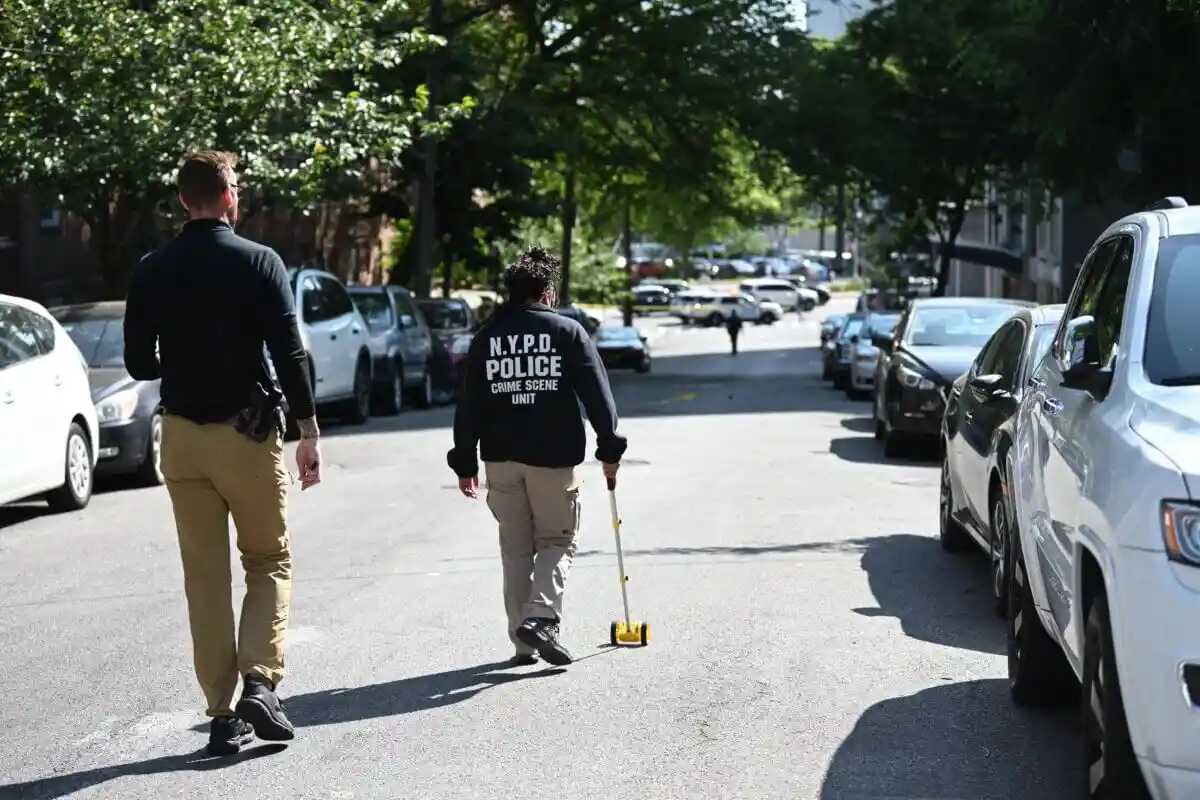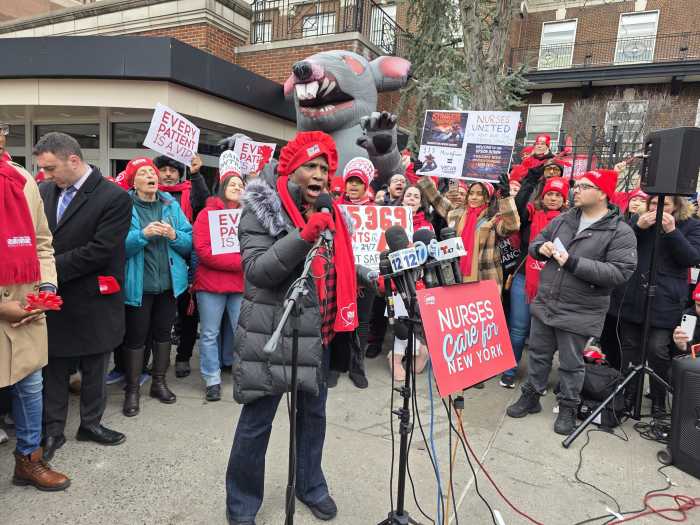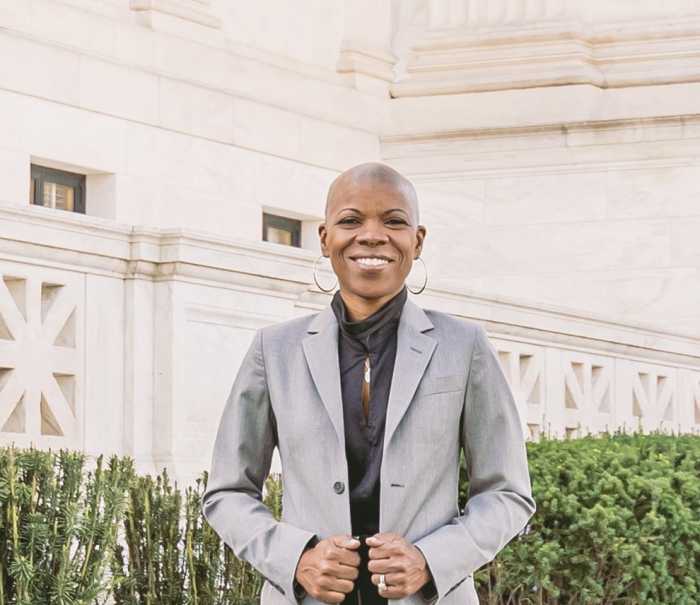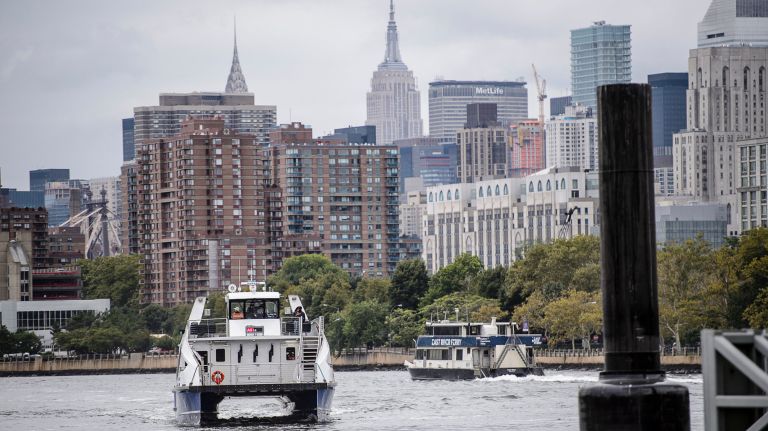
There’s no proof that the highly subsidized NYC Ferry actually serves lower-income commuters, city officials said Wednesday.
While Mayor Bill de Blasio has championed his municipal ferry service as an equalizer that addresses some of New York’s "historic inequities," his administration has not collected any data on rider income or home addresses to serve as proof, according to the city’s Economic Development Corporation.
“For travel surveys where we’re generally asking to understand how people are moving about it has not been a… practice to be asking about people’s income,” said James Wong, the EDC’s director of NYC Ferry service, at a City Council hearing Wednesday.
The EDC, which oversees the privately run ferry network, has also touted the proximity of some ferry landings to NYCHA complexes. But the EDC doesn’t gather rider addresses during their surveys, either, and does not know how many people who live in public housing actually ride the boats, according to the officials who testified at the hearing.
Boats only for the wealthy?
The testimony on riders’ demographic backgrounds came as the City Council explores greater oversight on what is the mayor’s signature transportation project. NYC Ferry has attracted scrutiny from outsiders for its sky-high funding levels compared to its relatively low ridership.
De Blasio is committing $638.5 million in capital spending to the service through 2022. For a $2.75 one-way trip, the service requires a whopping $10.73 per-ride subsidy.
That’s about 10 times the $1.05 per-trip subsidy of the city’s subways and local buses, combined, and is just second behind MTA express bus service for the highest subsidies for city transit, according to findings from the watchdogs at the Citizens Budget Committee.
While some council members championed the program as a new option to get around and pushed for more routes, others worried that many of the ferries simply served affluent waterfront neighborhoods and questioned whether the money could be more efficiently spent.
Queens Councilman Daneek Miller wondered if the ferries were just a way for the city to avoid the state-controlled MTA.
“At what point would this become cost-prohibitive?” Miller said. “And for the record, I do dismiss, also, that we are serving underserved communities.”
Councilman Antonio Reynoso, also of Brooklyn, offered similar sentiments and questioned whether it would be more effective to pump resources into more efficient transit options, like MTA buses and subways, or Citi Bike, which doesn’t receive any taxpayer money.
“Waterfront areas in the city of New York tend to be where more affluent people live. What I want to do is make sure that we’re talking about how we’re spending the money — a significant subsidy — and who is receiving that,” Reynoso said. “Ridership within the MTA and in the Citi Bike system is a lot more, what I consider ‘equitable,’ and [serves] a wide-range of income.”
City Comptroller Scott Stringer has pushed for a potential city takeover of operations — a measure that could potentially increase transparency around the service.
James Katz, the EDC chief of staff, said a transfer of control could be possible, but faces several hurdles, including the fate of the several hundred workers the private company operating NYC Ferry, Hornblower, has hired to run the network of six routes. Katz added that the city sited docks with equity in mind and focused on the geographic challenges for commuters in those areas.
“Waterfront communities, many of them have historically been left behind and left out in transit access and some of them have been cut off by structures that urban planners of the days of yore have sought to erect…," Katz said. "So ferries become not only a logical way but in some cases the only way to serve those communities reliably.”
Correction: An earlier version of this story should have noted that Daneek Miller is a Queens councilman.
